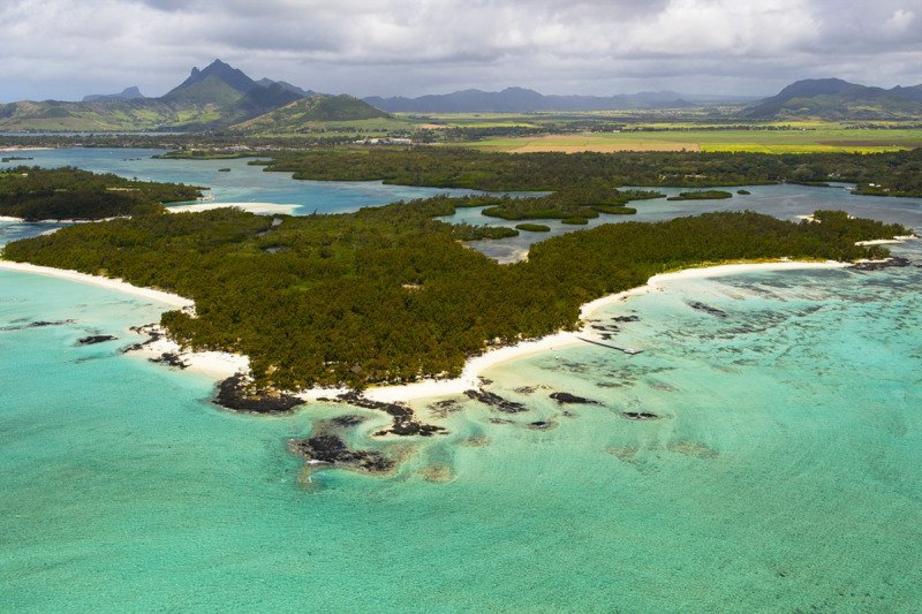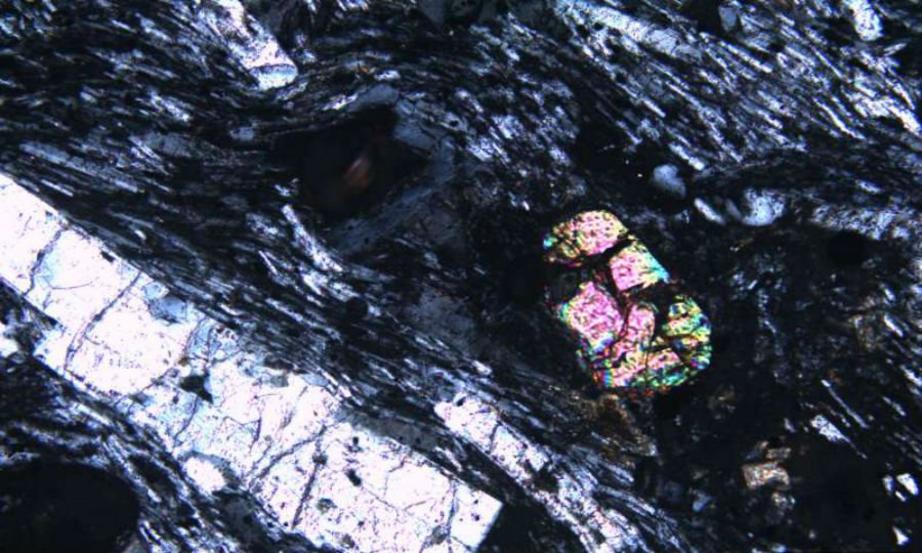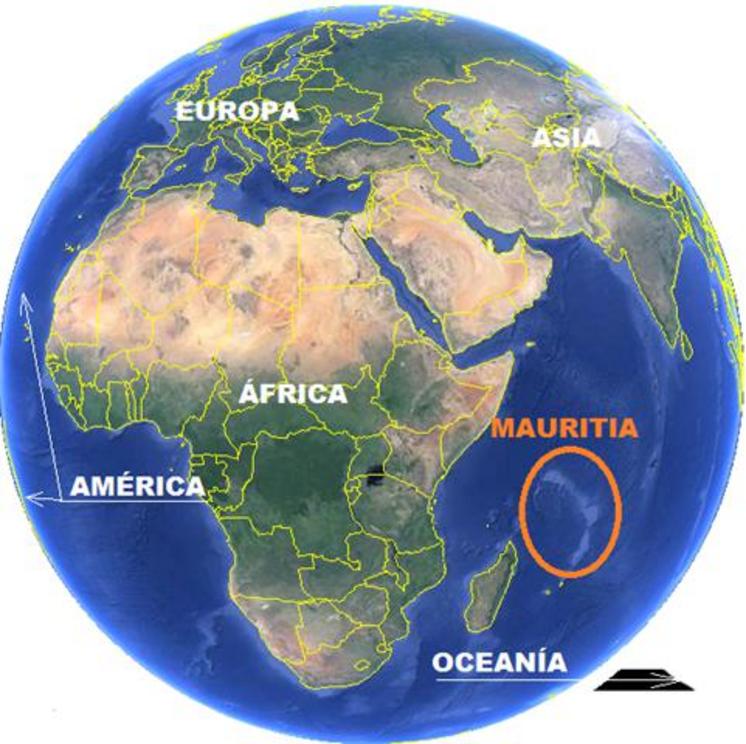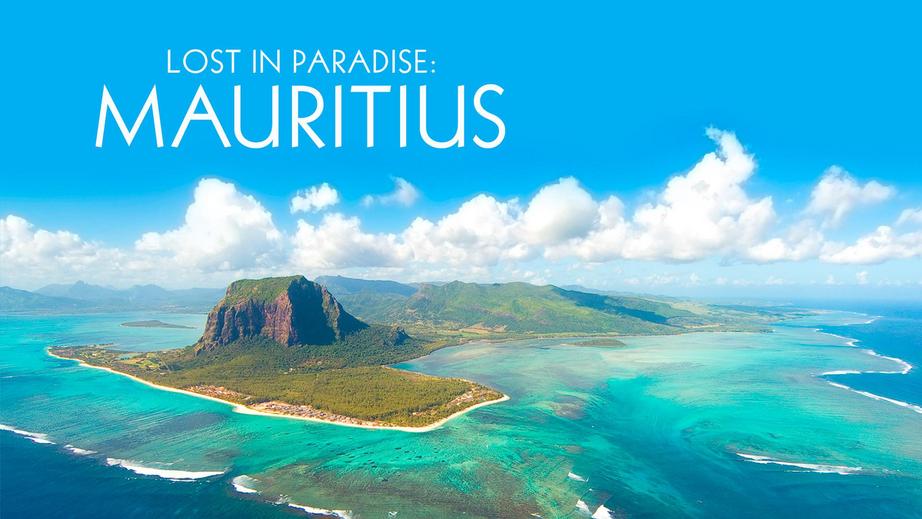Long-lost continent found submerged deep under Indian Ocean
An ancient continent that was once sandwiched between India and Madagascar now lies scattered on the bottom of the Indian Ocean.
The first clues to the continent’s existence came when some parts of the Indian Ocean were found to have stronger gravitational fields than others, indicating thicker crusts. One theory was that chunks of land had sunk and become attached to the ocean crust below.
Mauritius was one place with a powerful gravitational pull. In 2013, Lewis Ashwal at the University of the Witwatersrand in South Africa and his colleagues proposed that the volcanic island was sitting on a piece of old, sunken continent.

Although Mauritius is only 8 million years old, some zircon crystals on the island’s beaches are almost 2 billion years old. Volcanic eruptions may have ejected the zircon from ancient rock below.

Now, Ashwal and his team have found zircon crystals in Mauritius that are up to 3 billion years old. Through detailed analyses they have reconstructed the geological history of the lost continent, which they named Mauritia.
The break-up
Until about 85 million years ago, Mauritia was a small continent — about a quarter of the size of Madagascar — nestled between India and Madagascar, which were much closer than they are today. Then, India and Madagascar began to move apart, and Mauritia started to stretch and break up.

“It’s like plasticine: when continents are stretched they become thinner and split apart,” says Martin Van Kranendonk at the University of New South Wales in Australia. “It’s these thin pieces that sink below the ocean.”
There is evidence that other volcanic islands in the Indian Ocean, including the Cargados Carajos, Laccadive and Chagos islands, also sit on fragments of Mauritia.
More and more remnants of other old continents are being uncovered, says Alan Collins at the University of Adelaide in Australia.

Several pieces have recently been found off Western Australia and underneath Iceland, he says. “It’s only now as we explore more of the deep oceans that we’re finding all these bits of ancient continents around the place.”
Journal reference: Nature Communications, DOI: 10.1038/ncomms14086


